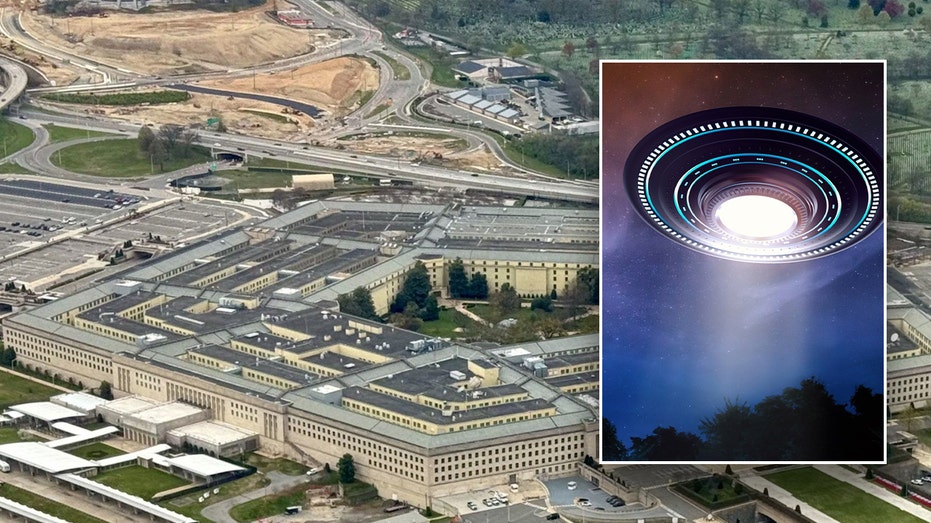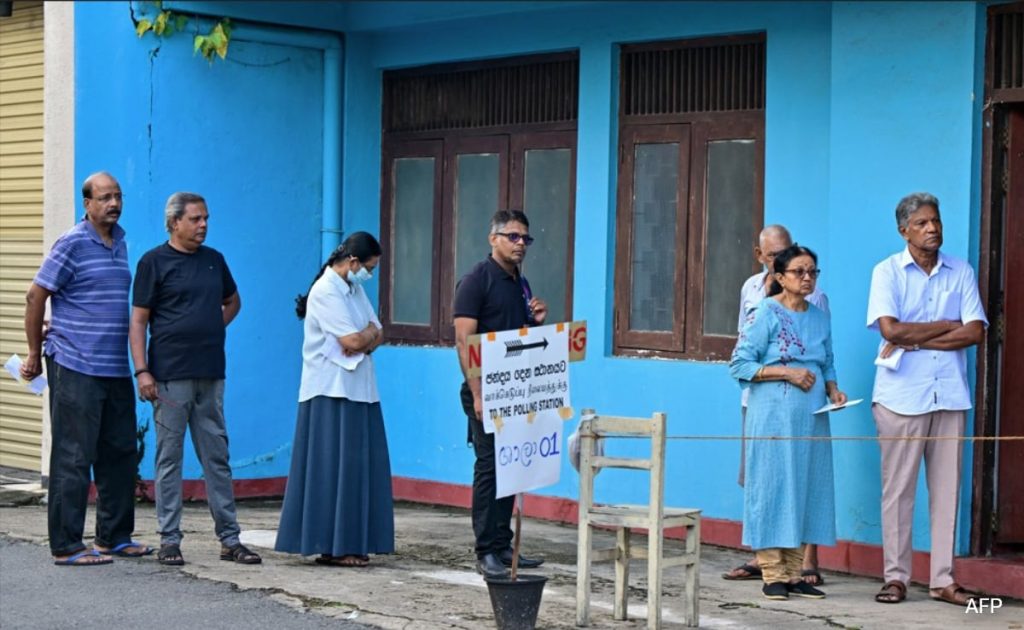- On March 22, the Allahabad High Court had declared the 2004 Uttar Pradesh madrassa law as “unconstitutional” and violative of secularism. It had asked the state to accommodate madrassa students in the formal schooling system.
- The High Court’s decision – meant to mainstream education – was challenged in the Supreme Court.
- During hearing, the Supreme Court had remarked that religious education per se is not the problem.
- Instead of scrapping the law, it could be ensured that madrassa education be broad-based and the essential subjects be taught alongside, the judges had said.
- Quashing the entire law is like throwing out the baby with the bathwater, the bench led by Chief Justice of India DY Chandrachud had said. It would also ensure that the madrassa education would remain entirely unregulated and create silos.
- Regulating madrassas was in the national interest as several hundred years of the nation’s composite culture could not be wished away by creating silos for minorities, the Chief Justice had said.
- “Religious instructions are there not just for Muslims. It is there for Hindus, Sikhs, Christians, etc. The country ought to be a melting pot of cultures, civilisations, and religions. Let us preserve it that way,” the Bench of Justices DY Chandrachud, J B Pardiwala and Manoj Misra had said.
- Those opposing the law, and the National Commission for Protection of Child Rights, have argued that madrassa education negates the promise of quality education guaranteed by the Constitution. Religious education, they have contended, cannot be a substitute for mainstream education.
- The state government had said it backs the law and was of the view that the High Court should not have held the entire law as unconstitutional.
- In April, the top court had put the High Court order on hold, allowing the madrassas across the state to function.
Posted inTop Stories
Will Madrassa Law Stay? Supreme Court To Decide Today: 10 Points







